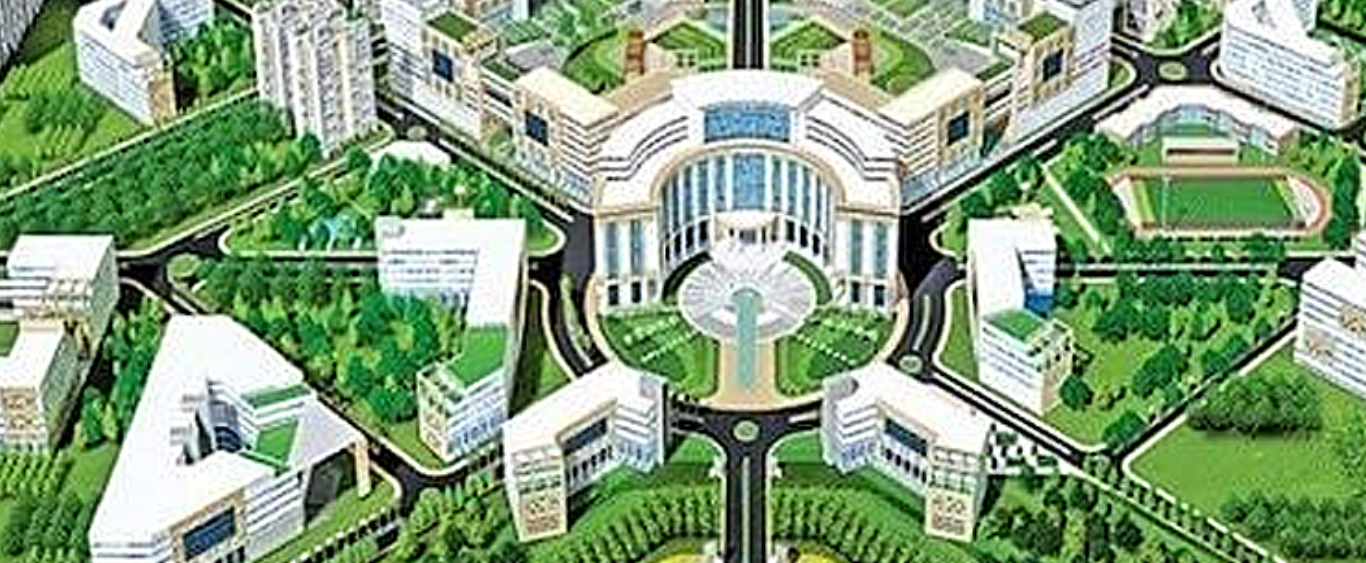Amaravati as the capital city of Andhra Pradesh was chosen with the vision of making it a futuristic capital city. With professionals from Singapore and Japan lending their expertise, the Amaravati project will set new benchmarks in urban planning. The design of the city is ultra-modern with features to enhance the quality of life for all residents and visitors. From energy-efficient buildings to cloud-connected rapid transit systems, here is how Amaravati is at the forefront of innovation in futuristic capital cities.
Smart Power Grids
Having a smart power grid without power cuts is the first step to becoming a smart city. The smart grid monitors the consumption of energy through smart meters and forecasts the demand for the next 24 hours to allow efficient energy management. The smart grid allows one to share energy with other grids if the demand is less from one grid and more from the others. Sensors will be installed on buildings which will forecast energy requirement and give insights into energy consumption patterns. The smart power grid with sensors will identify spikes in usage, thereby reducing electricity theft. The government is also studying the feasibility of introducing remote-controlled power stations.
Connectivity & Mobility
Amaravati has excellent road and rail links to all parts of the state. The master plan will enhance the connectivity of the capital with a Bus Rapid Transit system that can eventually be upgraded to a Mass Rapid Transit system. The pedestrian-friendly, ultra-wide roads are equipped with modern storm water drains and underground cabling for power, telecom and the internet. With the advantage of an efficient road network, the Amaravati master plan will promote the use of public transport and minimise the need for long commutes.
Amaravati residents will also have access to an extensive network of walkways, cycle tracks and local waterways. This approach promotes active mobility within the city while protecting its environment through reductions in carbon emissions and other pollutants.
State-of-the-Art Design
The design of Amaravati combines aesthetics with convenience and state-of-the-art functionality. Amaravati will have four prominent gateways resembling the entrances of historic temples and have city squares for public gatherings and events. Major roads will have adjacent waterways for facilitating water-borne transportation similar to the water taxis of Amsterdam and gondolas of Venice.
Integrated Biometric Systems
In order to identify ownership, every property in Amaravati will have fingerprints and iris scans from a national database linked to it. Residents of Amaravati will pay property tax and utility bills using bank accounts and mobile apps linked to the database.
Renewable Energy
Renewable energy is the key to sustainability. With its Solar Power Policy introduced in 2015, Andhra Pradesh is a model state for the rest of the country in solar plus wind hybrid projects. This policy will give a fillip to massive production of renewable energy in the state, with Amaravati at the forefront.
Waste Management
Urbanization and development produce vast amounts of waste. While waste management is an area that is often neglected in emerging cities, it is needed to make the city smart, clean and green. With experts from Singapore, the government is developing a framework for an integrated solid waste management master plan for Amaravati and eventually the entire state.
Sustainability
Recognising the unique value of Amaravati’s location alongside the Krishna River, the master plan preserves much of the existing greenery and waterways, while introducing new parks, gardens and recreational facilities such as a cricket stadium. Amaravati will possess a distinctive river front with lush open spaces for its residents to enjoy. Innovative approaches are envisaged to transform the reservoirs and canals into locales for public enjoyment even as they perform the critical functions of storing water and controlling flooding.
Industry-Specific Areas
Besides being the seat of power, Amaravati will be a commercial hub for existing regional industries such as agri-businesses and logistics, and catalyse new industries such as IT and pharmaceuticals. The master plan has designated a Central Business District, commercial zones in town centres, as well as industrial parks. The government will build industry-specific areas including an Administrative City, Justice City, Medical City, Educational City and Entertainment City. The master plan also facilitates job creation in residential neighbourhoods so that residents can work near their homes.
Recommended blogs







